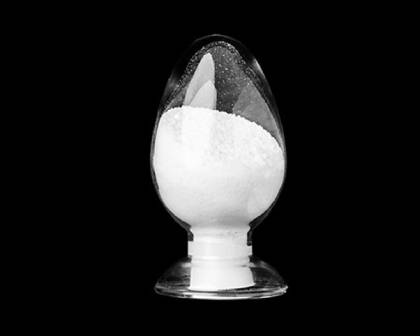There is still a big difference between Activated Zinc Oxide and ordinary zinc oxide. Activated zinc oxide has properties that ordinary zinc oxide does not have. The following will introduce the difference between the two different products.
The particle size of active zinc oxide (ZnO) is between 1-100 nm. Due to the refinement of the crystal grains, the surface electronic structure and crystal structure change, resulting in surface effects, volume effects, and quantum sizes that macroscopic objects do not have. Effect and macro tunneling effect, as well as high transparency, high dispersion and other characteristics. According to data records, it has been found that it exhibits many special functions in catalysis, optics, magnetism, mechanics, etc., making it of important application value in many fields such as ceramics, chemical industry, electronics, optics, biology, medicine, etc. It has ordinary oxidation Zinc has incomparable particularities and uses. Active zinc oxide can be used in the textile field as ultraviolet light shielding materials, antibacterial agents, fluorescent materials, photocatalytic materials, etc.

Zinc Chloride
The outstanding feature of active zinc oxide is that the product particles are nano-sized, and it has the dual characteristics of nano-materials and traditional zinc oxide. Compared with traditional zinc oxide products, it has a large specific surface area and high chemical activity. The fineness, chemical purity and particle shape of the product can be adjusted as required, and it has a photochemical effect and better UV shielding performance. Its UV shielding rate is as high as 98. %; At the same time, it also has a series of unique properties such as anti-bacterial, anti-bacterial, deodorizing and anti-enzyme.
The active zinc oxide particles are spherical with uniform particle size distribution, with an average particle size of 20-30 nanometers, and the particle size of all particles is below 50 nanometers. Tested by F-Sorb 3400 specific surface and pore diameter tester, the BET specific surface area of activated zinc oxide powder is above 40㎡/g. In addition, by adjusting the preparation process parameters, rod-shaped active zinc oxide can also be produced. This product has been tested and identified by the Institute of Microbiology, Chinese Academy of Sciences, and the results show that adding 0.5% to 1% of active zinc oxide to the rich bacterial culture medium can effectively inhibit the growth of E. coli, with a bacteriostatic rate of over 99.9%.
Ordinary Zinc Chloride refers to zinc oxide produced by direct and indirect methods, with a specific surface area of 3m2/g-7 m2/g, a fineness of 320 mesh, and a low price. It is widely used in the ceramic industry; the specific surface area of general active zinc oxide At 60m2/g, if the particle size is also expressed in fineness, the fineness is about 60,000 mesh; ordinary zinc oxide particles are flake-shaped, and activated zinc oxide particles are spherical. Nano-zinc oxide is an upgraded product of active zinc oxide, and its specific surface area can reach about 150m2/g, or even higher, with a fineness of 1250000 mesh.
In contrast, activated zinc oxide has good dispersibility. After rubber products are used, they not only use less than ordinary zinc oxide, but also greatly improve the stability, bonding force and wear resistance.
Active zinc oxide also has strong chemical activity, so it plays an important role in the petroleum industry, electronics industry, and environmental protection fields. At the same time, nano-zinc oxide also has antibacterial and sterilization effects, so it has a wide range of applications in medicine, sanitary ceramics, and ceramic tableware, and it also has excellent performance in anti-ultraviolet rays.
To sum up:
1. The particles of active zinc oxide are very small, showing a spherical shape, with great activity, and at the same time, the surface area is also large, with high dispersibility and adsorption, so that it can be promoted very well. The properties of vulcanization and activation of rubber can also have anti-aging properties. When used in actual production, it can greatly improve the effect and speed of vulcanization, so that the produced products have higher tear resistance. Cracking and abrasion resistance.
2. Activated zinc oxide can also be used as an anti-softening agent, so that rubber products are not prone to deformation, and can be used as a light-colored glue filler.
3. Compared with ordinary zinc oxide, the proportion of heavy metals contained is very low. In this way, the product will not be affected during production, and there will be no pigment stains. For the production of white rubber products Said that it is also very helpful, so that the impact of pure whiteness is reduced to the lowest position.
4. It can be applied to the anti-softening agent, so that the rubber compound is not easily deformed after it becomes a product. Moreover, the specific gravity is very small, and basically does not contain some harmful substances to the human body, which is more environmentally friendly and safer.
5. Activated zinc oxide is very easy to mix and use with rubber materials, and the dispersion is very uniform, which can greatly improve the viscosity of the product. Therefore, it is widely used in the current rubber production and can be produced. Have a very stable product.
The company also provides anhydrous zinc chloride and Zinc Chloride Solutions, please feel free to contact us if necessary
Copyright:@2020-2021
Comments Please sign in or sign up to post.
0
0 of 500 characters used